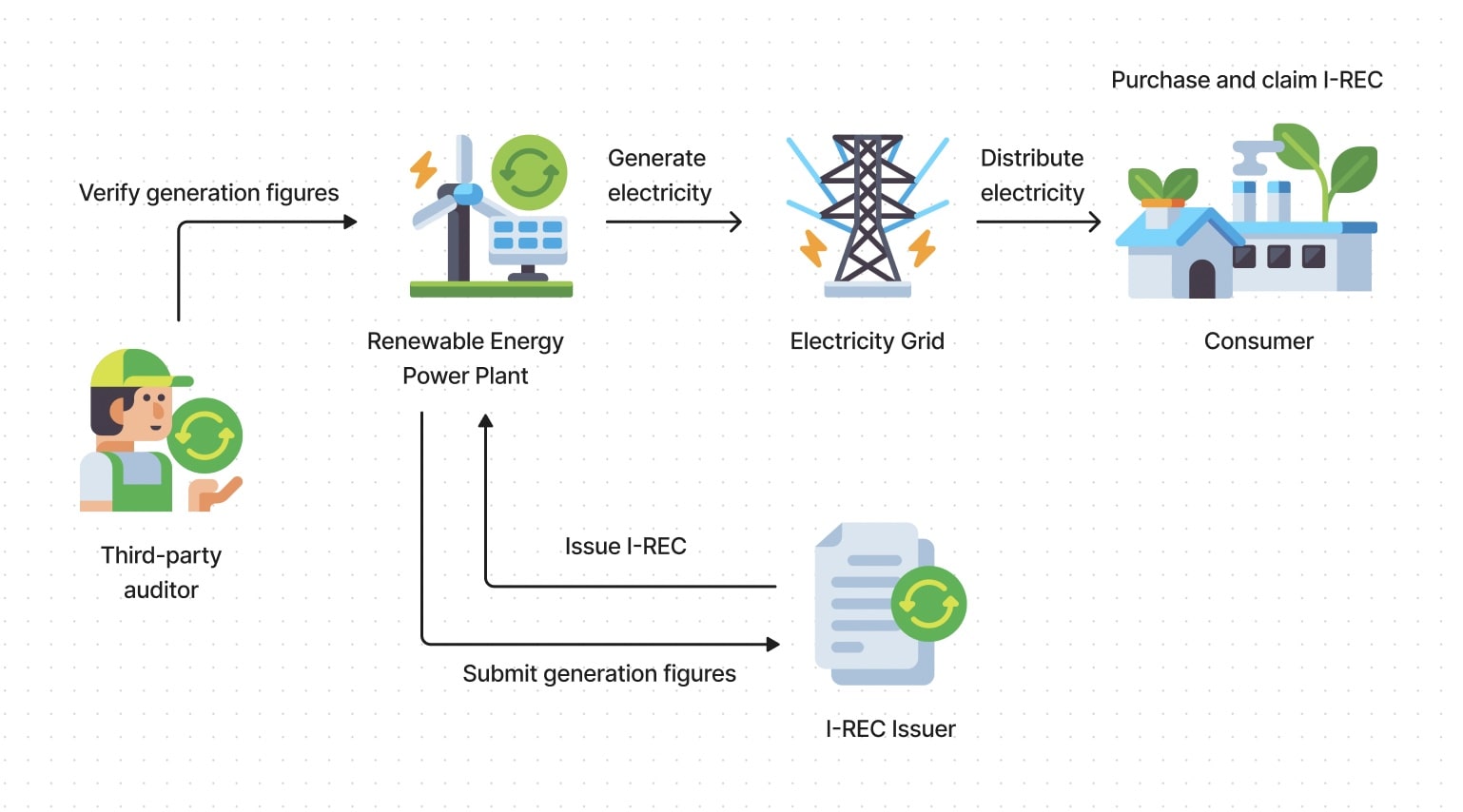Understanding the Three Scopes of Emissions

In the effort to mitigate climate change and reduce greenhouse gas emissions, it is essential to have a comprehensive understanding of the sources and categorization of these emissions. The concept of the three scopes of emissions is a framework that was introduced by the Greenhouse Gas Protocol, developed by the World Resources Institute (WRI) and the World Business Council for Sustainable Development (WBCSD). The three scopes provide a structured way to classify and account for emissions, helping organizations and governments better manage their carbon footprints. This article explores the three scopes of emissions in detail.
Scope 1: Direct Emissions
Scope 1 emissions encompass direct greenhouse gas emissions from sources that are owned or controlled by an organization. These emissions are often referred to as "direct emissions" because they are directly attributable to the activities and operations of the entity. The most common greenhouse gases included in Scope 1 emissions calculations are carbon dioxide (CO2), methane (CH4), and nitrous oxide (N2O).
Examples of Scope 1 Emissions Sources
Fossil Fuel Combustion
Emissions from the burning of fossil fuels for heating, electricity generation, and transportation, such as natural gas in boilers or gasoline in company vehicles.
Industrial Processes
Some industrial activities release emissions, including chemical reactions, such as the production of cement, which releases CO2.
Waste Management
Landfills and wastewater treatment plants produce methane and CO2 emissions, which fall under Scope 1 if they are owned or controlled by the organization.
It is important to note that Scope 1 emissions are considered the most direct and within the immediate control of an organization. As such, many organizations target Scope 1 emissions reductions as the first step in their sustainability efforts.
Scope 2: Indirect Emissions
Scope 2 emissions are indirect emissions associated with the generation of purchased or acquired electricity, heat, or steam. These emissions are a result of activities conducted by a third party but are considered in an organization's carbon footprint because they are related to the organization's energy consumption.
Examples of Scope 2 Emissions Sources
Electricity Purchases
If a company purchases electricity from a utility, the emissions associated with the electricity generation are considered Scope 2 emissions. These can be from fossil fuels or renewable sources.
District Heating or Cooling
Emissions related to district heating or cooling systems, which provide centralized heating or cooling to multiple buildings, are also included in Scope 2 calculations.
Scope 2 emissions are important because they represent the environmental impact of an organization's energy consumption, which is often a substantial part of its overall carbon footprint. As organizations transition to cleaner energy sources, Scope 2 emissions can be significantly reduced.
Scope 3: Other Indirect Emissions
Scope 3 emissions are the broadest and most complex category, encompassing all other indirect emissions that result from an organization's activities but occur from sources not owned or directly controlled by the organization. Scope 3 emissions are often the largest and most challenging to quantify and manage, as they include a wide range of sources throughout the entire value chain.
Examples of Scope 3 Emissions Sources
Supply Chain Emissions
Emissions associated with the production and transportation of raw materials, products, and services used by the organization.
Employee Commuting
Emissions from the daily commute of employees to and from work, whether by car, public transportation, or other means.
Business Travel
Emissions from business-related travel, such as flights, hotel stays, and rental cars.
Product Use
Emissions from the use of products or services by customers, such as the fuel consumption of vehicles sold by an automotive company.
End-of-Life Emissions
Emissions related to the disposal or recycling of products or waste generated by the organization.
Scope 3 emissions are a critical but challenging component of a comprehensive emissions inventory. Reducing Scope 3 emissions often involves collaboration with suppliers, customers, and other stakeholders along the value chain.
The Importance of Understanding the Three Scopes
The three scopes of emissions provide a holistic framework for organizations and governments to measure and manage their greenhouse gas emissions. Each scope represents a different level of control and influence an entity has over emissions sources, with Scope 1 being the most direct and immediate, and Scope 3 being the most indirect and expansive.
Understanding these scopes is essential for several reasons:
Accountability
The scopes help organizations take responsibility for their emissions, identify areas for reduction, and set targets for emissions reductions.
Transparency
The framework enhances transparency in reporting, making it easier for stakeholders, investors, and the public to assess an organization's environmental performance.
Risk Management
Identifying and managing emissions across all scopes can help organizations reduce their exposure to regulatory, supply chain, and reputation risks associated with carbon emissions.
Sustainability Goals
Many organizations and governments set sustainability goals and commitments related to emissions reductions. Understanding the scopes helps in defining and measuring progress toward these goals.
Innovation and Improvement
As organizations address emissions in each scope, they often find opportunities for innovation and operational improvements that can lead to cost savings and other benefits.
As organizations address emissions in each scope, they often find opportunities for innovation and operational improvements that can lead to cost savings and other benefits.

